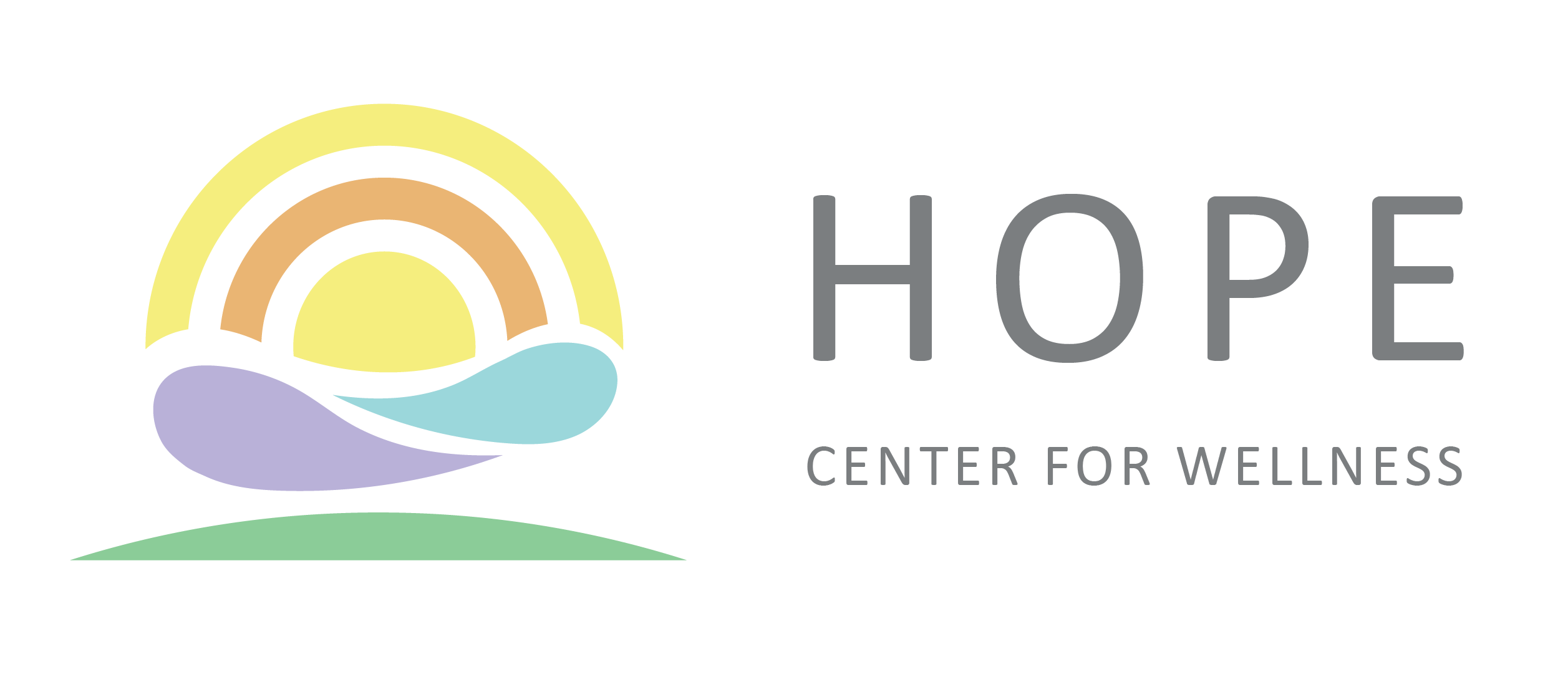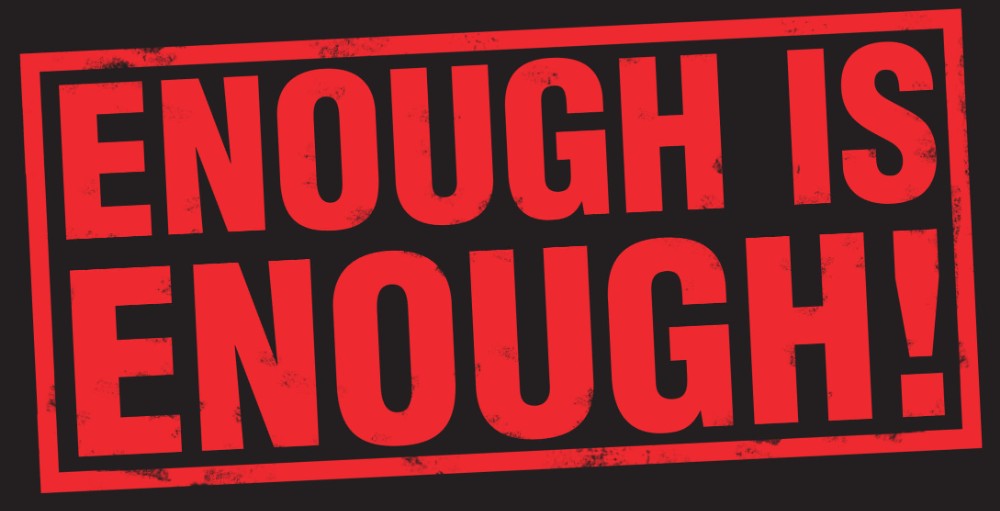The latest school shooting and tragedy in Florida on Valentine’s Day, that took the lives of 17 innocent people and threatened the emotional safety of community members, is a reminder of how flawed our systems are and how much work we have ahead to ensure safety.
No parent should ever have to worry and wonder whether their kid is coming back home from school. No student should ever have to feel afraid to go to school. No teacher should ever have to worry that their life may be in danger for doing what they love. No community member should have to live in fear of future attacks.
When situations as inexplicable as this one occur, many questions arise.
Some of the initial questions that emerged after shooting included: He (shooter) posted pictures in social media of guns and weapons, how come no one reported this? How did he gain access to a gun? How come no one saw the potential mental health signs?
These are important questions that reinforce the significance of improving our systems and raising community awareness. As we grapple with emotions related to this unfortunate tragedy, let’s push together for a change in our systems.
1. Our systems are flawed and we need to continue to elevate this and work towards solutions.
Even when reports are made to authorities regarding someone with a gun or someone suspicious on past behavior, action may not occur. As a social worker, I am also a mandated reporter, which means that when an individual discloses intent to harm self or others or when someone discloses a story of a child or elderly person in which I suspect there is some sort of abuse happening, I need to report it to authorities. Sometimes individuals may not have a plan to harm themselves and others but do disclose owning weapons. In occasions where I have reported this to local authorities, some of the answers have been: we can’t do anything yet until something happens or we talked to the client’s mom and she denied this rather than going to a household of client to investigate. Yes, to my dismay, these have been some of the answers. If calls from mandated reporters are being turned away, imagine when someone who is not calls in a suspicion. We have a system of reactivity rather than proactivity.
2. We need to increase awareness and education on how to recognize mental health signs.
The issue about mental health always comes up around shootings or other violent attacks. It is important to note that most people with mental health challenges are not violent. In fact, according to the American Psychiatric Association, people with mental health challenges account for 3% of violent crime. While mental health is not a direct cause of violence in the majority of the cases, all of us can play a part in improving community wellness. It is my job, your job and our job to foster community health because as we have seen what impacts one person, can impact us all. There are outstanding organizations like Mental Health First Aid undertaking this endeavor through their Mental Health First Aid training where participants learn to recognize mental health signs and obtain ideas on what to do once signs are recognized. Mental Health First Aid proposes that courses like this are taught just like CPR courses are taught. And with 1 of 5 people in the United States being impacted by a mental health challenge, I couldn’t agree more.
3. Increase trainings in schools, community centers, clinics, hospitals and simply where people frequent most and conversations at home.
After this tragedy, people have asked: why didn’t they do something? It is not common knowledge on what to do when we perceive an individual to be a potential danger to others. This is not necessarily something our kids are learning at school or is at conversation at the dinner table. There are so many opportunities for engagement and raising awareness. What could a mental health class look like at school as part of the educational curriculum? What does a mental health workshop while you wait for your doctor in the waiting room looks like? How about at church? What does a dinner conversation about safety looks like? And what do safety trainings in schools or other settings look like. Organizations life Safe Surroundings are equipping staff members at nonprofits, schools, clinics, and other settings where community members frequent to take safety precautions to minimize crises and dangerous situations. It is unfortunate that we need to learn lessons out of tragedies but let’s think creatively and strategically to ensure that no other life is lost due to shooting or a tragedy like this.
4. Increase mental health services at places community members frequent and school health based programs.
There is a growing movement to incorporate wellness programs in schools and other settings where community members go to. But when something needs to be chopped away from a budget, these types of services are the first ones to go. Health and mental health is a human right and there is still a large segment of our population that does not have access. Let’s prioritize wellness.
5. We need gun control NOW.
It is an understatement to say that we need gun control. And yet our politicians have sat and watched tragedy after tragedy without taking much action. It is astonishing that people are able to access guns easier and faster than accessing mental health services. We need to pay attention and become familiar with our politicians’ platforms and who they are receiving funding from and VOTE; VOTE pro issues we care about; RUN for office, BECOME involved.
6. We need to mobilize.
The courage of Parkland students that are speaking out and rallying is inspiring. While they are grieving, they are finding the strength to advocate for their lives. Children’s jobs are to go to school, learn, have fun, and grow into healthy adults. Yet these children are having to fight for their survival and their friends. Why? They shouldn’t have to. It is our job as adults to protect our kids. Let’s join together as a community and not fail our children any more.
As a social worker, I am re-committed to find ways to keep our children safe, to not be a bystander and advocate for changes in policies that hurt and to create educational and healing opportunities for our communities.

